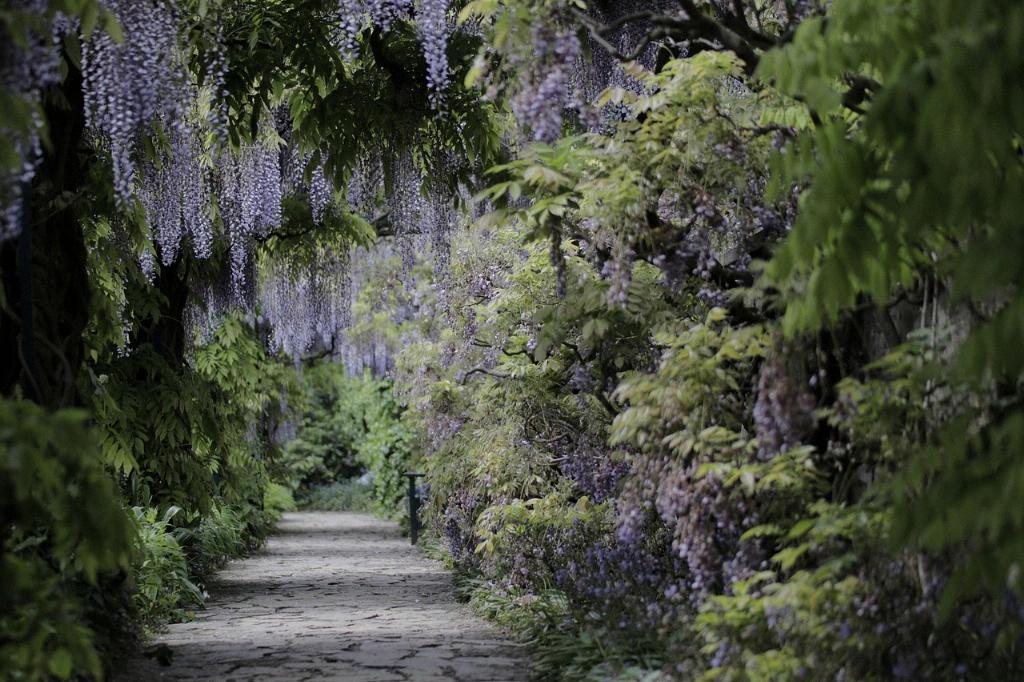It can be frustrating when your wisteria fails to bloom despite your efforts to care for it. There are several reasons why your wisteria may not be flowering as expected, and understanding these factors can help you address the issue effectively.
Lack of Sufficient Sunlight
One common reason for wisteria not blooming is the lack of sufficient sunlight. Wisterias thrive in full sun, so if your plant is not receiving at least 6 hours of sunlight per day, it may struggle to produce flowers.
Improper Pruning Techniques
Improper pruning techniques can also be a culprit behind a non-blooming wisteria. If the vine is pruned at the wrong time or too aggressively, it may result in the removal of flower buds, hindering the blooming process.
Insufficient Nutrients
Another factor to consider is the nutrient levels in the soil. Wisterias require adequate nutrients, particularly phosphorus, to support blooming. If the soil is lacking in essential nutrients, the plant may struggle to produce flowers.
Age of the Plant
The age of the wisteria plant can also impact its blooming capabilities. Young or immature plants may take some time to establish themselves before they can bloom prolifically. Patience is key when dealing with younger wisteria vines.
Incorrect Fertilizing Practices
Using the wrong type of fertilizer or applying it at the wrong time can also hamper the blooming of your wisteria. It’s essential to use a balanced fertilizer specifically formulated for flowering plants and follow the application instructions carefully.
Root Bound Conditions
Root-bound conditions, where the plant’s roots have outgrown the container or are constricted in the soil, can restrict the wisteria’s growth and flowering capacity. Consider repotting or loosening the roots to alleviate this issue.
Environmental Stressors
Environmental stressors such as extreme temperatures, drought, or waterlogging can also impact the wisteria’s ability to bloom. Maintaining consistent watering and protecting the plant from adverse weather conditions can help mitigate these stressors.
Genetic Factors
It’s worth noting that some wisteria varieties are simply less prolific bloomers than others due to their genetic makeup. Researching the specific cultivar of your wisteria can shed light on its natural blooming habits.
Seasonal Considerations
Seasonal factors, such as late spring frosts, can damage flower buds and prevent blooming. Protecting the plant during susceptible periods and providing adequate shelter can safeguard the wisteria from such seasonal challenges.
Pest and Disease Infestations
Pest infestations, such as aphids or spider mites, and diseases like powdery mildew, can weaken the wisteria plant and impede its blooming capabilities. Regular monitoring and appropriate treatments can help combat these issues.
Lack of Patience
Lastly, it’s essential to exercise patience when dealing with a non-blooming wisteria. Sometimes, the plant may need time to acclimate to its environment or recover from adverse conditions before it can resume blooming. Give your wisteria the care and time it needs to thrive.

